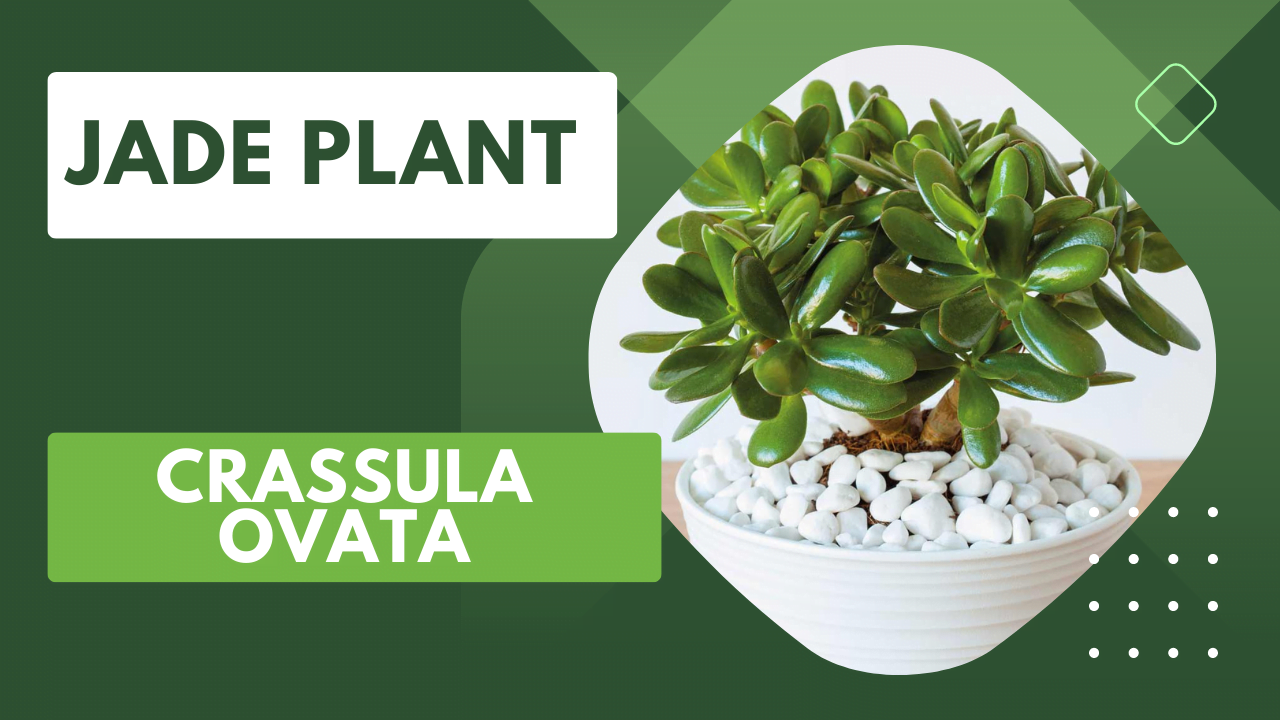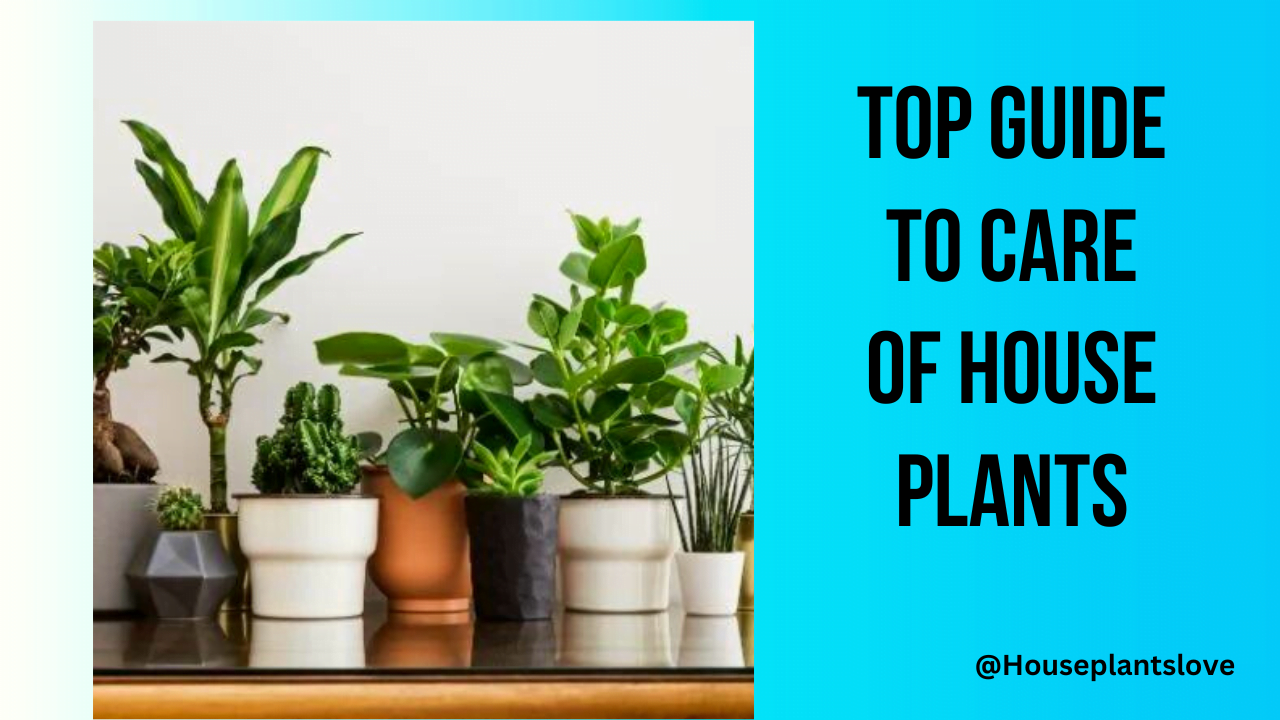Monstera Deliciosa Plant or split-leaf philodendron or Swiss cheese plant Care Guide: Types, Pruning, Light, Water, Soil, Temperature, FertilizePropagating, Growing in Pots & Common Pest Treatment
Welcome to our comprehensive guide to Monstera care! Whether you’re a seasoned plant enthusiast or just starting your green thumb journey, this article will provide you with all the information you need to keep your Monstera deliciosa thriving. From pruning and propagating to growing in pots and dealing with common pest bloom issues, we’ve got you covered. Let’s dive in and discover the secrets to successfully caring for this tropical beauty.
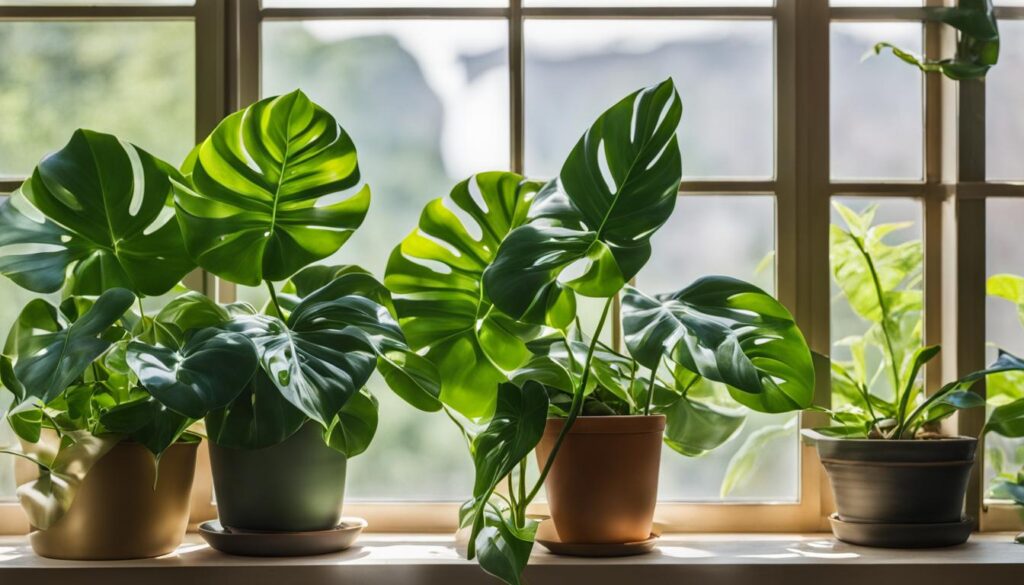
Key Takeaways
- Monstera deliciosa, also known as the split-leaf philodendron or Swiss cheese plant, is a popular tropical houseplant with glossy, heart-shaped leaves.
- Monstera care types include pruning, propagating, growing in pots, and addressing common pest bloom issues.
- Proper Monstera care involves providing the right amount of light, well-drained soil, regular watering, and maintaining high humidity.
- There are different types and varieties of Monstera plants, each with unique characteristics such as variegated foliage or perforated leaves.
- Pruning Monstera plants helps maintain their shape, size and allows for easy propagation through stem cuttings.
You can also read about Marigold Flowers Planting & Caring Guide
Monstera Care Requirements: Light, Soil, and Watering
Proper care of Monstera deliciosa is crucial for its healthy growth and vibrant foliage. Understanding the plant’s light, soil, and watering requirements is essential for providing the optimal conditions it needs to thrive.
Light
Monstera deliciosa prefers bright, indirect light, making it an excellent choice for indoor spaces. Placing your Monstera near a north or east-facing window is ideal as it provides the right amount of light without direct exposure to harsh sunlight. If your plant receives too much light, the leaves may develop burn spots, while insufficient light can result in slow growth and smaller leaves.
Soil
Choosing the right soil is crucial for Monstera plant care. Opt for a well-draining peat-based soil mix, ensuring it retains adequate moisture while allowing excess water to flow freely. This type of soil helps prevent waterlogging, which can lead to root rot. Additionally, maintaining slightly acidic to neutral soil pH (around 6 to 7) promotes optimal nutrient uptake and overall plant health.
Watering
Proper watering is key to maintaining a healthy Monstera plant. Water your Monstera when the top inch of soil feels dry to the touch, ensuring you water thoroughly and allow any excess water to drain away. Avoid overwatering, as it can lead to root rot and other moisture-related issues. During the growing season, typically spring and summer, the plant requires more frequent watering compared to the dormant period in autumn and winter.
| Light Requirements | Soil Type | Watering Frequency |
|---|---|---|
| Bright, indirect light | Well-draining peat-based soil | Water when top inch of soil feels dry |
| Avoid direct sunlight | Slightly acidic to neutral pH | Thorough watering, allowing excess to drain |
By providing the appropriate light, soil, and watering conditions, you can ensure your Monstera deliciosa thrives and adds beauty to your indoor space. Remember to observe your plant closely and make adjustments as needed to create the best environment for its growth.
You can also read the Guide about how to Grow Herbs Indoors All Year
Monstera Plant Types and Varieties
If you’re a fan of Monstera deliciosa, you’ll be thrilled to know that there are various types and varieties within the Monstera genus. Each plant offers its unique characteristics, making them a delightful addition to any plant collection.
One popular Monstera variety is Monstera albo, known for its stunning variegated foliage. The leaves of this plant feature beautiful white or cream-colored streaks, adding a touch of elegance to any indoor space. Another variety worth mentioning is Monstera obliqua, recognized for its delicate and intricate perforated leaves. This plant is often referred to as “Swiss cheese plant” due to its unique leaf structure.
Other notable Monstera plant types include Monstera acacoyaguensis, Monstera acuminata, and Monstera adansonii. These plants may not have the same level of popularity as Monstera deliciosa, but they certainly have their own charm. Each variety offers a distinctive combination of leaf shape, size, and pattern, making them a fascinating choice for plant enthusiasts.
| Monstera Plant Type/Variety | Characteristics |
|---|---|
| Monstera albo | Variegated foliage with white or cream-colored streaks |
| Monstera obliqua | Delicate and perforated leaves resembling Swiss cheese |
| Monstera acacoyaguensis | Distinctive leaf shape and pattern |
| Monstera acuminata | Unique combination of leaf size and shape |
| Monstera adansonii | Attractive foliage with natural splits and holes |
With such diverse options to choose from, you can select the Monstera plant type or variety that best complements your personal style and indoor environment. Whether you’re drawn to the bold variegation of Monstera albo or the intricate perforations of Monstera obliqua, these plants are sure to bring a touch of natural beauty into your home.
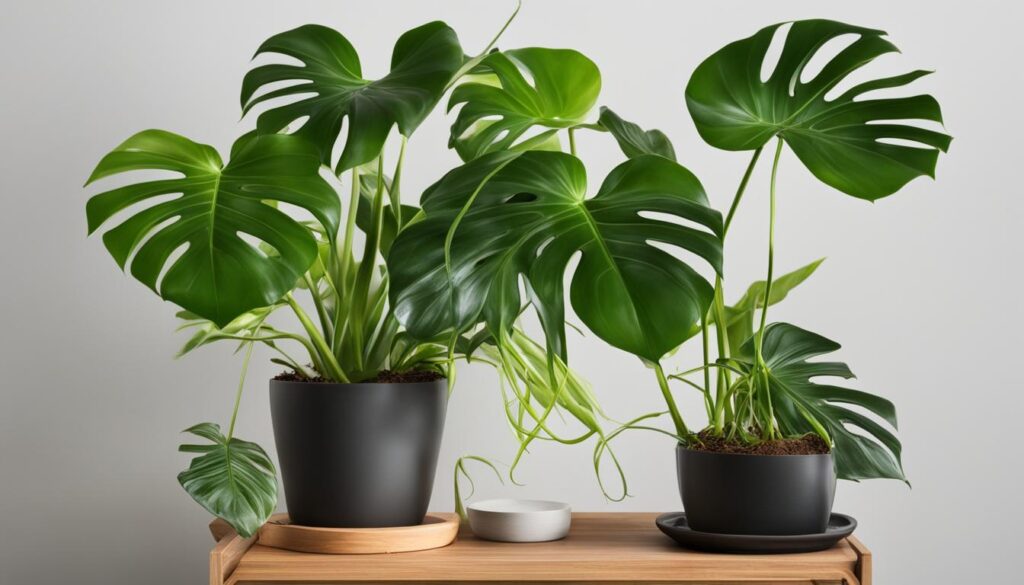
Pruning Monstera Plants
Pruning is an essential part of caring for Monstera plants. It not only helps maintain the plant’s shape and size but also promotes new growth and removes any damaged or diseased foliage. Additionally, pruning can be a great way to propagate Monstera plants and create new specimens for your collection.
When pruning your Monstera plant, start by assessing the overall health and shape of the plant. Look for any yellowing or browning leaves, dead stems, or overcrowded growth. Use clean, sharp pruning shears to make clean cuts just above a leaf node or stem joint. This will encourage new growth from that point.
It’s important to note that Monstera deliciosa can be easily propagated through stem cuttings. After pruning, you can take those cuttings and root them in water or soil to create new plants. This allows you to expand your Monstera collection or share cuttings with friends and family.
Pruning Monstera Plants: A Step-by-Step Guide
- Start by sanitizing your pruning shears with rubbing alcohol to prevent the spread of any diseases.
- Identify the areas of the plant that need pruning, such as dead or yellowing leaves, overcrowded growth, or to maintain the desired shape.
- Cut just above a leaf node or stem joint, ensuring a clean cut to promote healthy regrowth.
- If you wish to propagate your Monstera plants, take the pruned cuttings and place them in water or well-draining soil.
- Keep the newly propagated cuttings in a warm and humid environment until they develop roots.
- Once the roots have formed, you can transfer the new plants into their own pots and continue caring for them as usual.
Remember, regular pruning and propagation will help keep your Monstera plants healthy and thriving. It’s a rewarding process that allows you to shape your plants and create new ones to share with fellow plant enthusiasts.
You can also read BEST 20 INDOOR PLANTS GROW IN WATER
Growing Monstera Plants in Pots
One of the wonderful aspects of Monstera deliciosa is that it can thrive indoors, making it an ideal choice for plant enthusiasts who want to bring a touch of the tropics into their homes. Growing Monstera plants in pots is a popular option, as it allows for easy maintenance and provides the flexibility to move the plant around as needed. To ensure successful growth, here are some key tips to consider.
Choosing the Right Pot and Soil
When selecting a pot for your Monstera plant, opt for one that has ample drainage holes to prevent waterlogging. This will help prevent root rot and promote healthy growth. Additionally, using a well-drained potting mix that is rich in organic matter, such as peat-based soil, will provide the necessary nutrients and moisture retention that Monstera plants require.
Providing the Right Environment
Monstera deliciosa thrives in warm and humid environments, making it important to create the right conditions for your potted plant. Place your Monstera in a location where it can receive bright, indirect light for several hours each day. Maintaining a humidity level of around 60% can be achieved by misting the foliage regularly or using a humidifier. Avoid exposing your Monstera plant to drafts or extreme temperature fluctuations, as this can negatively impact its growth.
| Light | Soil | Watering |
|---|---|---|
| Partial or dappled sunlight | Well-drained peat-based soil | Regular watering, allowing soil to slightly dry out between waterings |
Regular Maintenance
To keep your Monstera plant healthy and thriving, regular maintenance is key. This includes monitoring the moisture levels in the soil and adjusting your watering frequency accordingly. Avoid overwatering, as this can lead to root rot. Additionally, remove any yellowing or damaged leaves to promote new growth. Fertilize your Monstera plant every few months with a balanced liquid fertilizer to provide it with the necessary nutrients.
With proper care and attention, growing Monstera plants in pots can be a rewarding experience. It allows you to enjoy the beauty of this tropical plant while adding a touch of greenery to your indoor space.
Common Pest and Bloom Issues for Monstera Plants
Monstera plants, like any other plant, can encounter common pests and bloom issues. It’s essential to be aware of these issues and take appropriate measures to ensure the health of your Monstera plants.
Pest Problems
Monstera plants are susceptible to pests such as mealybugs, aphids, thrips, scale insects, and spider mites. These pests can cause damage to the foliage, stunt plant growth, and weaken the overall health of the plant. To prevent and treat pest infestations, it’s recommended to regularly inspect your Monstera plants for any signs of pests. If you notice any pests, you can start by wiping the leaves with a damp sponge or paper towel to physically remove them. If the infestation persists, you can use insecticidal soap to eliminate the pests effectively.
Bloom Issues
While Monstera deliciosa rarely blooms indoors, it may produce tannish-cream flowers in ideal conditions. If your Monstera is not blooming, it could be due to a lack of the necessary environmental factors. Monstera plants require optimal light, humidity, and temperature conditions to bloom. Ensure that your plant is receiving adequate indirect sunlight, maintaining a humidity level of around 60%, and is in the appropriate temperature range of 65 to 85 degrees Fahrenheit. With the right conditions and care, your Monstera may surprise you with beautiful blooms.
| Pest | Description | Treatment |
|---|---|---|
| Mealybugs | Small, white, cotton-like insects that feed on plant sap. | Wipe leaves with a damp sponge, apply insecticidal soap if necessary. |
| Aphids | Small, soft-bodied insects that suck on plant sap and leave a sticky residue. | Wipe leaves with a damp sponge, apply insecticidal soap if necessary. |
| Thrips | Tiny, slender insects that feed on plant sap and cause silvery streaks on leaves. | Wipe leaves with a damp sponge, apply insecticidal soap if necessary. |
| Scale Insects | Small, immobile insects that attach to the plant and drain sap. | Wipe leaves with a damp sponge, apply insecticidal soap if necessary. |
| Spider Mites | Microscopic pests that form fine webs and feed on plant sap. | Wipe leaves with a damp sponge, apply insecticidal soap if necessary. |
By addressing common pest and bloom issues promptly and implementing the necessary care measures, you can ensure that your Monstera plants thrive and continue to bring beauty to your indoor space.
Propagating Monstera Plants
Propagating Monstera plants is a rewarding and cost-effective way to expand your plant collection or share the beauty of these tropical wonders with friends and family. There are two common methods for propagating Monstera deliciosa: stem cuttings and air layering.
Stem Cuttings
Stem cuttings are a popular and straightforward method for propagating Monstera plants. To propagate your Monstera through stem cuttings, follow these steps:
- Select a healthy stem with at least one node, aerial root, and several leaves.
- Using clean, sharp pruning shears, make a clean cut directly below a node.
- Place the cutting in a jar filled with water, ensuring that the node and aerial root are submerged.
- Keep the cutting in a warm, bright location, but avoid direct sunlight.
- Change the water every few days to prevent the growth of bacteria or algae.
- After a few weeks, you should start to see roots developing. Once the roots are about 2-3 inches long, you can transfer the cutting to a pot with well-draining soil.
Air Layering
Air layering is a more advanced method of propagation that involves creating a root system on a living stem before detaching it from the parent plant. Here’s how you can propagate your Monstera using air layering:
- Identify a healthy stem with a node that you want to propagate.
- About 12-18 inches below the chosen node, make a horizontal cut through the stem, ensuring it goes halfway through the stem’s width.
- Apply a small amount of rooting hormone to the cut to stimulate root growth.
- Wrap the cut section with moist sphagnum moss, ensuring it stays in place with a plastic wrap or a piece of string.
- After a few weeks, you should start to see roots developing within the moss. Once the roots are well-established, you can carefully cut below the moss, separating the propagated section from the parent plant.
- Plant the newly rooted section in a pot with well-draining soil, keeping it in a warm and humid location until it acclimates to its new environment.
| Propagation Method | Advantages | Disadvantages |
|---|---|---|
| Stem Cuttings | Easy and straightforward | Takes time for roots to develop |
| Air Layering | Guaranteed rooting success | Requires more skill and patience |
Transplanting Monstera Plants
Transplanting Monstera plants is an important step in their care to ensure they have ample space to grow and thrive. As Monstera deliciosa can grow rapidly, it may outgrow its pot every two years, necessitating a larger container. When transplanting, it’s crucial to choose a pot with sufficient drainage holes to prevent waterlogging and promote proper root health. Porous pots with good airflow are recommended, as they prevent the risk of root rot and create a suitable environment for the plant’s growth.
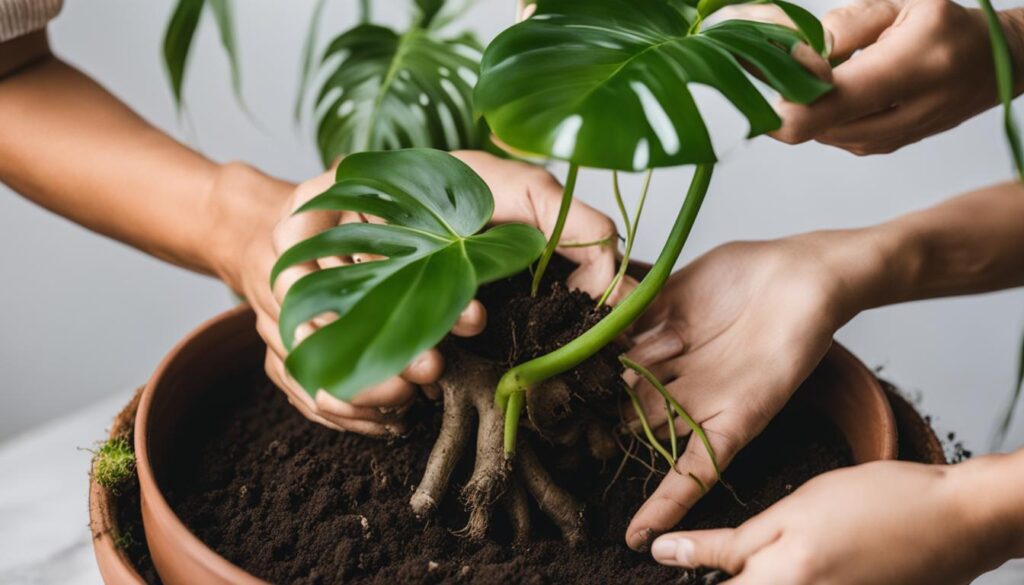
During the transplanting process, carefully remove the Monstera plant from its current pot, taking care not to damage the roots. Gently loosen the roots to encourage proper growth in the new pot. Add fresh, well-drained soil to the bottom of the new pot and place the plant in the center, ensuring it is at the same level as before. Fill the remaining space with soil, lightly pressing it down to provide stability.
After transplanting, water the Monstera plant thoroughly and place it in an area with indirect sunlight. Avoid direct sunlight, as it may stress the plant during the recovery process. It’s important to monitor the soil moisture and adjust watering accordingly. Maintain a regular watering schedule, allowing the soil to slightly dry out between waterings to prevent overwatering.
| Transplanting Monstera Plants: Key Steps |
|---|
| 1. Choose a pot with sufficient drainage holes |
| 2. Carefully remove the plant from its current pot |
| 3. Loosen the roots and add fresh, well-drained soil to the new pot |
| 4. Position the plant at the same level and fill with soil |
| 5. Water thoroughly and place in indirect sunlight |
Troubleshooting Monstera Plants
While Monstera plants can bring beauty and lushness to your indoor space, they can sometimes encounter issues that affect their health and appearance. Understanding and addressing these problems promptly can help you maintain thriving and vibrant Monstera plants. Here are some common troubleshooting tips to keep your Monstera plants in optimal condition:
1. Brown tips:
If you notice brown tips on the leaves of your Monstera plant, it could be a sign of underwatering or low humidity. Ensure that you are watering your plant adequately and providing enough moisture in the air. Mist the leaves regularly or place a tray of water near the plant to increase humidity levels.
2. Yellowing leaves:
Yellowing leaves can indicate overwatering, poor drainage, or excessive exposure to direct sunlight. Check the soil moisture levels and adjust your watering routine accordingly. Ensure that your Monstera plant is placed in a location with indirect or dappled sunlight to prevent leaf yellowing.
3. Blackish stems:
Blackish stems could be a sign of root rot caused by overwatering or poorly draining soil. Inspect the roots of your Monstera plant and trim any black, mushy roots. Repot the plant in fresh, well-draining soil, ensuring that the pot has proper drainage to prevent waterlogged conditions.
By addressing these troubleshooting issues promptly and providing the necessary care, you can help your Monstera plants thrive and continue to bring natural beauty to your indoor space.
Adding a Personal Touch to Monstera Care
Monstera care goes beyond the basic requirements of light, soil, and watering. It’s an opportunity to add your own personal touch to create a unique and enjoyable plant care experience. One way to do this is by giving your Monstera a name, making it feel like a cherished member of your household.
Another way to add a personal touch is by incorporating decorative elements into your plant’s environment. Consider placing small rocks, seashells, or other natural objects on top of the soil. This not only adds visual interest but also creates a mini-landscape that complements the beauty of your Monstera.
Lastly, don’t forget to show your Monstera some love and care. Spend time observing and connecting with your plant. Regularly check for new growth, gently remove any dead leaves, and keep an eye out for pests or issues that may arise. By nurturing your Monstera with personal attention, you’ll build a stronger bond and ensure its well-being.
FAQ
What is Monstera deliciosa?
Monstera deliciosa, also known as the split-leaf philodendron or Swiss cheese plant, is a tropical plant often kept as a houseplant. It has glossy, heart-shaped split leaves and grows about 1 to 2 feet per year.
What are the care requirements for Monstera deliciosa?
Monstera deliciosa requires humid and warm environments, dappled or partial light, well-drained peat-based soil, and temperatures between 65 and 85 degrees Fahrenheit. It is toxic to humans and pets.
What are the different types of Monstera plants?
Other common Monstera plants include Monstera albo, Monstera obliqua, Monstera acacoyaguensis, Monstera acuminata, and Monstera adansonii. These different varieties offer unique characteristics, such as variegated foliage or perforated leaves.
How do I prune and propagate Monstera plants?
Pruning helps maintain the plant’s shape, control its size, and remove any damaged or diseased foliage. Monstera deliciosa can be easily propagated from stem cuttings. This section provides a step-by-step guide on pruning Monstera plants and propagating them through stem cuttings.
Can Monstera deliciosa be grown in pots?
Yes, Monstera deliciosa can be grown in pots indoors. It is important to choose a pot with ample drainage holes to prevent waterlogging. The plant thrives in well-drained and moderately moist soil and prefers peat-based potting media.
What are the common pest issues for Monstera plants?
Monstera plants can be susceptible to pests such as mealybugs, aphids, thrips, scale insects, and spider mites. Regularly wiping the leaves with a damp sponge or paper towel and washing them with insecticidal soap can help deter these pests.
How can I propagate Monstera plants?
Monstera deliciosa can be easily propagated through stem cuttings or air layering. This section provides step-by-step instructions for propagating Monstera plants using both methods.
When should I transplant my Monstera plant into a larger pot?
Monstera deliciosa may outgrow its pot every two years and will require transplanting into a larger pot. It is recommended to use well-draining porous pots with sufficient airflow and drainage.
What are the common issues faced by Monstera plants?
Common issues include brown tips, yellowing leaves, blackish stems, and wilting. These issues can be caused by factors such as under or overwatering, lack of indirect sunlight, or low humidity. This section provides troubleshooting tips and solutions for maintaining the health of Monstera plants.
Can I add a personal touch to Monstera care?
Yes, adding a personal touch to Monstera care can involve naming the plant, placing decorative elements such as rocks and seashells on top of the soil, and showing love and care to the plant. This section offers a unique perspective on caring for Monstera plants and encourages readers to add their own personal touch to plant care.

